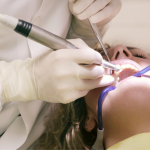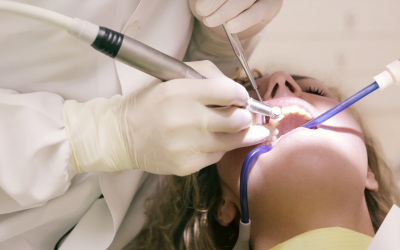
However, more often than not, when speaking of swelling, one usually refers to swelling after root canal treatment, which is one of the most common complications experienced.
There are many things that can go wrong while doing a root canal procedure. After cleaning the root canal, there is placement of a sterile material in the canal which is known as gutta percha. Sometimes, the gutta percha placement may go beyond the tip of the root, and may enter the periapical bone, which could lead to a swelling. On the other hand, if a sufficient number of gutta percha sticks are not placed in the root canal, then the empty space may act as a source of infection, which could lead to swelling and pain. In a worst case scenario, a part of the surgical instrument (files) might break and get left behind in the root canal. This acts as a nidus for infection.
Sometimes, after the procedure, if all the pulp tissues are not removed, there may be a re-infection of the canal, which could lead to swelling and pain in the region of the treated tooth. Furthermore, sometimes, there may be a slight infection in the periapical bone, which may not be visible in the X-ray, and can also be a source of infection, as there may already be active proliferation of microorganisms in this region. These microorganisms may further progress towards the root canal, causing pain after procedure along with the swelling.
Often, it is seen that patients, after completion of their root canal procedure, never return to the dentist even if the dentist insists on a follow-up appointment. This follow-up appointment is only required to ensure that there are no further untoward problems that the patient may have to face. Also, if the patient is asked to not eat from the side of the treated tooth, it is strongly advised that he/she follows this instruction, as immediately after the treatment the tooth is often susceptible to fracturing under the impact of masticatory stresses. Sometimes, if there was a lot of loss of tooth structure, then the treated tooth may require a crown. If the patient does not return to get this tooth capped, then there are high chances of the tooth eventually fracturing and the canal opening being exposed, which is an open invitation to bacteria and other microorganisms.
Root canal swelling is normally an untoward and highly avoidable aftermath of the root canal procedure. It is highly encouraged that the dentist performs the procedure thoroughly and the patient follows the post treatment instructions religiously, to prevent any such complications.

























